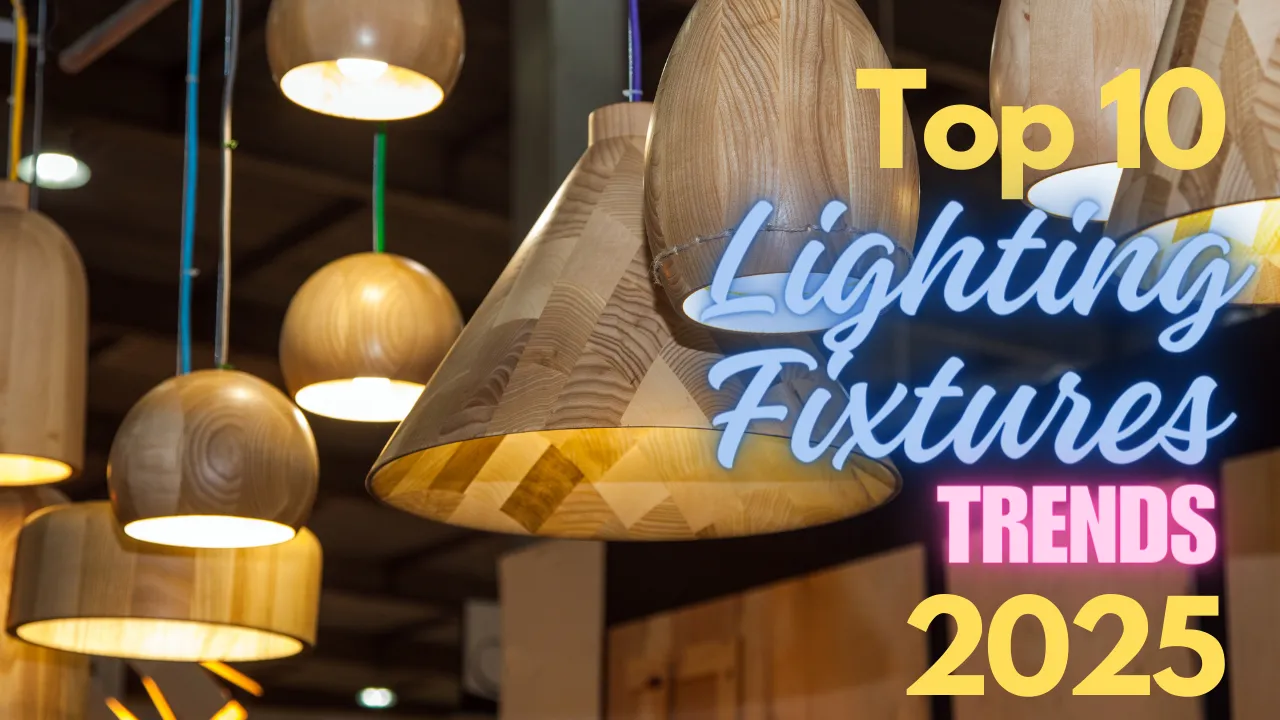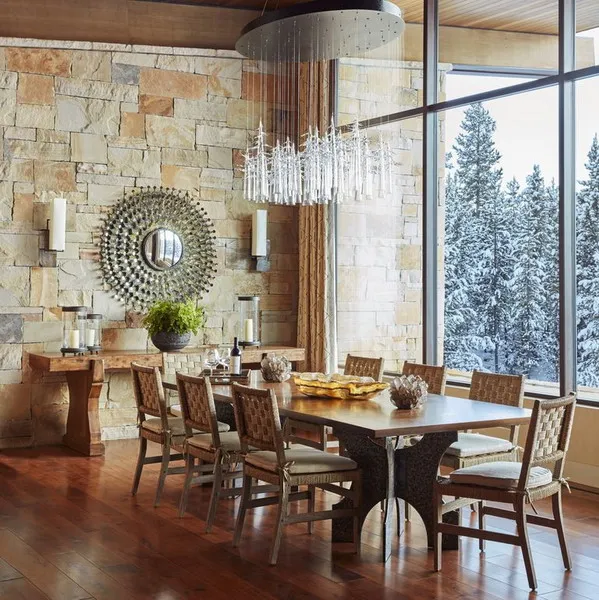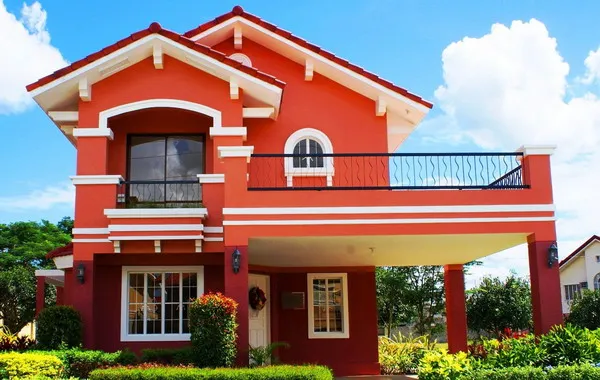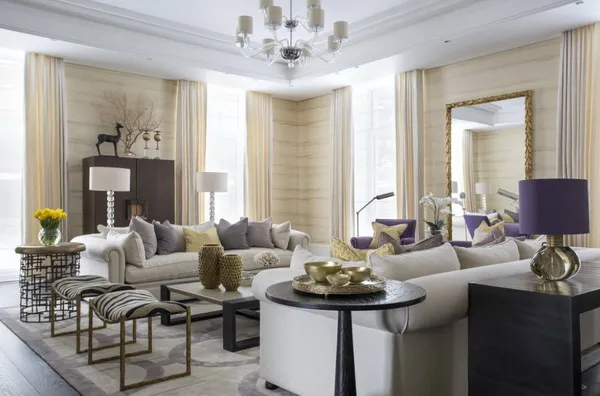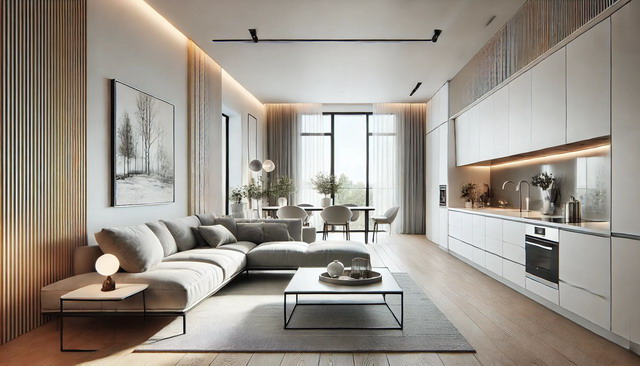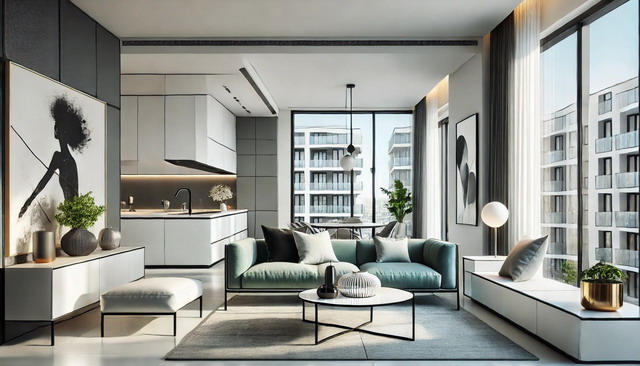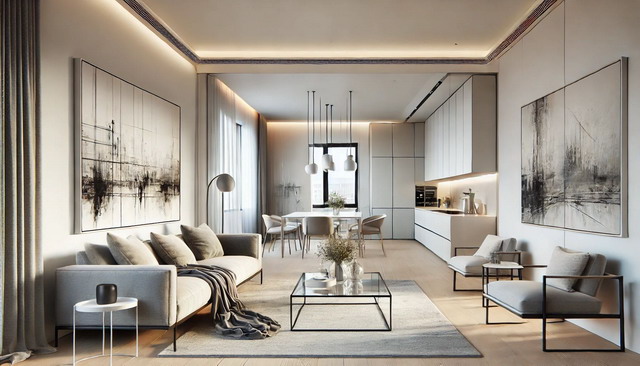Top 10 Lighting Fixture Trends of 2025: Innovations Shaping Modern Spaces
Last Updated on July 31, 2024 by Mutiara
The lighting fixture landscape is evolving rapidly, with new trends emerging that reflect changing consumer preferences and innovations in technology. In 2025, the top lighting fixture trends emphasize sustainability, smart technology, and a minimalist aesthetic that enhances living spaces without overwhelming them. As homeowners and designers seek to create stylish yet functional environments, these trends represent a blend of artistry and practicality.
Artisan and bespoke creations are gaining traction, with many individuals opting for unique, handcrafted pieces that tell a story. The influence of nature is also evident, as organic shapes become prominent in designs, bringing a touch of the outdoors into indoor spaces. This combination of personal expression and nature-inspired elements offers exciting possibilities for both residential and commercial environments.
Embracing these lighting trends can transform any space, providing not just illumination but also enhancing the overall ambiance. Individuals who stay informed about these developments will have the opportunity to make thoughtful choices that reflect their values and aesthetic preferences.
Key Takeaways
- Trendy fixtures now focus on eco-friendly materials.
- Smart technology integration enhances convenience and efficiency.
- Unique, nature-inspired designs are becoming increasingly popular.
Sustainability and Eco-Friendly Designs
Sustainability is becoming a central theme in lighting fixture trends, driven by consumer demand for eco-friendly options. Designers now focus on using materials and manufacturing processes that reduce environmental impact while maintaining visual appeal and functionality.
Biodegradable Materials
Biodegradable materials are gaining traction in lighting design, offering an eco-conscious alternative to traditional plastics and metals. Innovations in biopolymers, such as plant-based resins and organic composites, enable manufacturers to create fixtures that break down naturally over time.
Key options include:
- Bamboo Lighting: Strong and renewable, bamboo is increasingly utilized for lamps and shades.
- Recycled Fabrics: Upcycled textiles provide unique designs while reducing waste.
These materials not only contribute to sustainability but also allow for distinctive aesthetics, appealing to consumers who value both form and function.
Low-Impact Manufacturing
Manufacturing processes are evolving to minimize environmental footprints. Techniques such as 3D printing and local sourcing of materials reduce transportation emissions and energy consumption.
Additionally, companies are adopting practices like:
- Water-Based Inks: They replace toxic chemicals in finishes and coatings.
- Waste Reduction Programs: Many businesses now aim to recycle scrap materials from production.
These approaches demonstrate a commitment to sustainability while also enhancing efficiency and reducing costs.
Energy-Efficient Lighting
Energy-efficient lighting is at the forefront of eco-friendly design, with LED technology leading the way. LEDs consume significantly less power than traditional bulbs and have a longer lifespan, contributing to decreased energy costs and waste.
Other energy-saving options include:
- Smart Lighting Systems: These allow users to control brightness and schedules, optimizing energy usage.
- Solar-Powered Fixtures: Perfect for outdoor spaces, they utilize renewable energy to operate without reliance on the grid.
As these technologies evolve, they continue to align with environmental goals, making sustainability an integral aspect of modern lighting design.
Smart Lighting Technology
Smart lighting technology is transforming how spaces are illuminated. It integrates innovative solutions that enhance convenience, efficiency, and customization.
App-Enabled Controls
App-enabled controls provide users with the ability to manage their lighting remotely. Through dedicated applications on smartphones or tablets, individuals can adjust brightness, color, and schedules with ease.
These apps often feature intuitive interfaces, making navigation simple. Users can create lighting scenes for different times of the day or specific activities like reading or entertaining.
Additionally, many systems provide energy usage statistics, allowing users to track and optimize their consumption. Integration with smart home ecosystems enhances functionality, leading to a seamless user experience.
Voice-Activated Features
Voice-activated features simplify lighting control, allowing users to adjust settings using spoken commands. Leveraging technologies like Amazon Alexa, Google Assistant, or Apple Siri, individuals can turn lights on or off without physical interaction.
This hands-free operation is particularly useful in scenarios where multitasking is common. For example, a user can request a change in lighting while cooking or working.
Voice commands can also be customized, enabling users to create specific phrases for lighting scenes, further enhancing personalization. This feature contributes to increased accessibility for people with mobility challenges as well.
Integrated Home Systems
Integrated home systems enable seamless synchronization between lighting and other smart devices. This integration allows for automated lighting adjustments based on external factors like time of day or occupancy.
For instance, lights can automatically dim when a user starts watching a movie or can brighten when someone enters a room.
Furthermore, these systems often include compatibility with security features, like motion sensors that activate outdoor lights when movement is detected. Enhanced interoperability ensures that lighting works harmoniously with heating, cooling, and security systems, improving overall home automation.
Minimalist Aesthetics
Minimalist aesthetics focus on simplicity and functionality. This design approach emphasizes the beauty of understated elements, showcasing fixtures that enhance a space without overwhelming it. Key features include subtle color palettes and sleek lines that contribute to a serene ambiance.
Subtle Color Palettes
In minimalist lighting design, color choices lean toward muted and neutral tones. Shades like soft whites, grays, and earth tones dominate, allowing fixtures to effortlessly blend with their surroundings. Such palettes promote a calming environment, making spaces feel open and airy.
Accent colors may be used sparingly to create focal points. These minimal accent shades can draw attention without disrupting the overall harmony. Textures are also important, as they add depth without introducing complexity. Ultimately, the focus remains on creating a cohesive look that supports a tranquil atmosphere.
Sleek Lines and Forms
The silhouettes of lighting fixtures in minimalist design are characterized by clean, geometric shapes. Smooth lines and unembellished forms enhance the visual appeal while reducing clutter. Pendant lights, sconces, and chandeliers often adopt this streamlined design, appearing as modern art pieces.
Functionality is key, as these fixtures provide effective illumination without excessive adornments. Materials such as metal, glass, and wood are frequently used, contributing to their elegance. Consequently, the emphasis is squarely on balance and proportion, fostering a seamless integration of light and space.
Artisan and Bespoke Fixtures
The trend toward artisan and bespoke lighting fixtures emphasizes personalization and craftsmanship. These unique pieces cater to individual tastes while reflecting a dedication to quality and artistry.
Handcrafted Elements
Artisan lighting fixtures often boast handcrafted elements that set them apart from mass-produced options. Skilled artisans utilize traditional techniques and materials, ensuring each piece is unique.
Common materials include:
- Glass: Hand-blown and shaped for individual aesthetics.
- Metal: Often welded or forged into intricate designs.
- Wood: Sustainably sourced and shaped for natural appeal.
The attention to detail in handcrafted fixtures results in distinctive characteristics, such as varied textures and finishes. This not only enhances the visual interest, but it also makes every fixture a conversation starter.
Customizable Designs
Customization plays a crucial role in the appeal of bespoke fixtures. They offer a flexible approach to lighting, allowing clients to choose aspects such as:
- Size: Adjusting dimensions to fit specific spaces.
- Color: Selecting finishes that complement existing decor.
- Style: Tailoring designs to reflect personal tastes, from modern to vintage.
This level of personalization ensures that each fixture fulfills the client’s vision while meeting functional lighting needs. The result is not just a lighting solution, but a statement piece that harmonizes with individual spaces.
Organic Shapes and Nature-Inspired
Lighting fixtures in 2025 are increasingly embracing organic shapes and designs inspired by nature. This trend highlights a connection to the environment, aiming to bring the outdoors inside. Two key elements driving this trend are biophilic designs and natural textures.
Biophilic Designs
Biophilic designs focus on incorporating elements that remind individuals of nature. This includes using flowing lines and asymmetrical shapes that mimic organic forms.
Fixtures may resemble leaves, flowers, or natural landscapes, creating a calming atmosphere.
Examples include pendant lights shaped like tree branches or sconces that resemble flowing water. These designs serve both functional and aesthetic purposes, enhancing the ambiance of a room while promoting well-being.
Incorporating greenery alongside these fixtures can augment this effect, fostering a more inviting environment. The goal is to create spaces that heal and rejuvenate.
Natural Textures
Natural textures play a significant role in lighting design, emphasizing materials such as wood, stone, and metal. These materials lend a tactile quality that resonates with the organic shapes of the fixtures.
Wooden lampshades with uneven surfaces evoke a sense of craftsmanship, while stone fixtures offer durability and a raw aesthetic.
Metal finishes often mimic natural tones, blending seamlessly with other elements in a space.
The combination of these textures enhances the visual appeal and connects the interior design with the outside world, creating a harmonious atmosphere.
These elements together aim to curate environments conducive to relaxation and creativity, making spaces feel more grounded and authentic.
